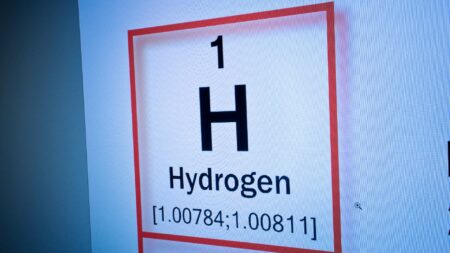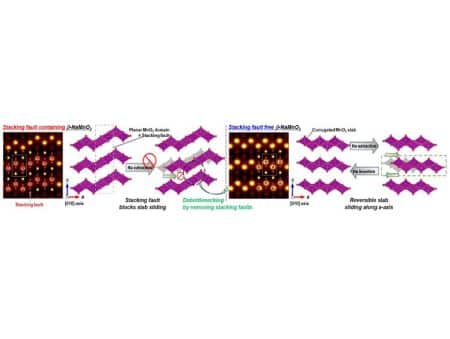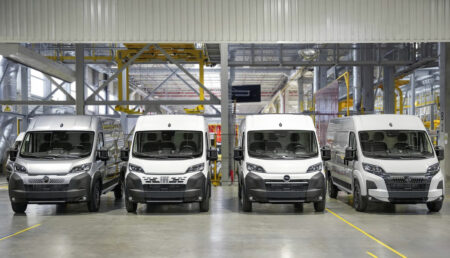A key component of the switch from fossil to renewable energy is the production of green hydrogen through electrolysis using solar and wind energy.
Due to its scarcity, iridium is currently essential for electrolyzers that use the PEM (Proton Exchange Membrane) technology, which is widely used. Researchers from TNO were the first to create a technique that uses 200 times less iridium and already performs 25% to 46% better than the current generation of electrolyzers. On this procedure, a patent application has been made.
There is a drawback to the projected increase in green hydrogen capacity from 300 megawatts in 2020 to tens of gigawatts in 2030, according to TNO specialist Lennart van der Burg. It implies a proportionately rising demand for the expensive iridium needed to construct the electrolyzers. An earlier study by TNO demonstrates that the extremely limited availability of rare materials, especially Iridium and Platinum, endangers the upscaling of electrolysis. The demand for iridium would be much more than the supply in ten years. Furthermore, we are dependent on just a few nations for delivery, with all the risks it entails.
Technological advance
A technological advance, according to Van der Burg, is the fact that we are reducing the amount of iridium needed by a factor of 200 while already exceeding the performance of present electrolyzers by an average of one-third. Electrolysis experts from TNO Faraday Lab in Petten and TNO Holst Center employees worked together on this project. The spatial Atomic Layer Deposition (sALD) technology, a technique for depositing incredibly thin layers of useful materials over substantial surfaces, was created by TNO before. A new generation of displays for TVs, tablets, and smartphones was supposed to be created. Recently, the study team expanded the technology’s applicability to electrolyzers.
Stability is present
TNO has been experimenting with the sALD technology for the past two years. The researchers used an ultra-thin layer of iridium as a catalyst material to a porous transport layer of titanium, as opposed to on a membrane as is currently customary. Numerous testing in the lab has now shown that the new technique operates and is stable. Hardly any degradation occurred. Another benefit is that the electrolyzer’s membrane is always devoid of iridium, making it simpler to recycle and reuse.
Scaling up is required
To move this promising technology from the lab to the real world, TNO is collaborating with a number of top industry partners as part of the Voltachem alliance. To accomplish this, the approach must first be expanded on a pilot scale to show that it is effective under real-world circumstances. We’re not there yet, Van der Burg cautions. It’s excellent that the technology has been demonstrated in a lab setting to function, but more research and development are required to extend its useful life, increase its efficiency, and enable mass production. We have already urged for requirements for the use of rare materials in significant pilot projects, along with a number of European research organizations. According to the current targets, Europe should have 40 GW of electrolysis capacity by that time, hopefully with a lot of reduced consumption of limited resources.








